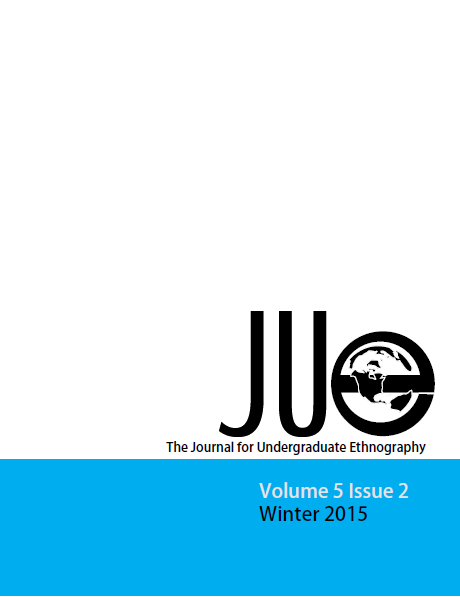Rice, Risk and Ritual: What Agriculture and Religion Tell Us about State-Minority Relations among the Khmu of Northern Laos
DOI:
https://doi.org/10.15273/jue.v5i2.8270Abstract
In examining state-minority relations in Southeast Asia, Scott (2009) argues that the attributes of ‘hill tribes‘ are acts of political strategy designed to evade state capture. Cautioning against a binary between freedom and oppression, Jonsson (2012) calls for a historically and socially contextualized approach to state-minority relationships. This research contributes to this debate by focusing on religion and agriculture, which have been closely linked in highland societies. Swidden rice cultivation has traditionally been sacred, featuring religious rituals. However, state influences have driven a shift from swidden subsistence farming to sedentary commercial farming. This article investigates the effects of this transition on religion and agriculture amongst the Khmu in the Vieng Phouka district of Northern Laos. Ethnographic methods reveal significant secularisation in agriculture, with increasing economic rationalisation of decisions pertaining not only to agriculture but also to religious rituals. At the same time, selected state-introduced cash crops are being sacralised, particularly in scenarios with high risk. These observations indicate an amalgamation of religion and modern rationalisation. Such amalgamations can be understood as adaptations of the Khmu to maximise benefits, illustrating strategic agency suggested by Scott (2009). However, the agency is applied to engage with the state instead of resisting it, falling, as Jonsson (2012) suggests, outside the freedom-oppression dichotomy.


